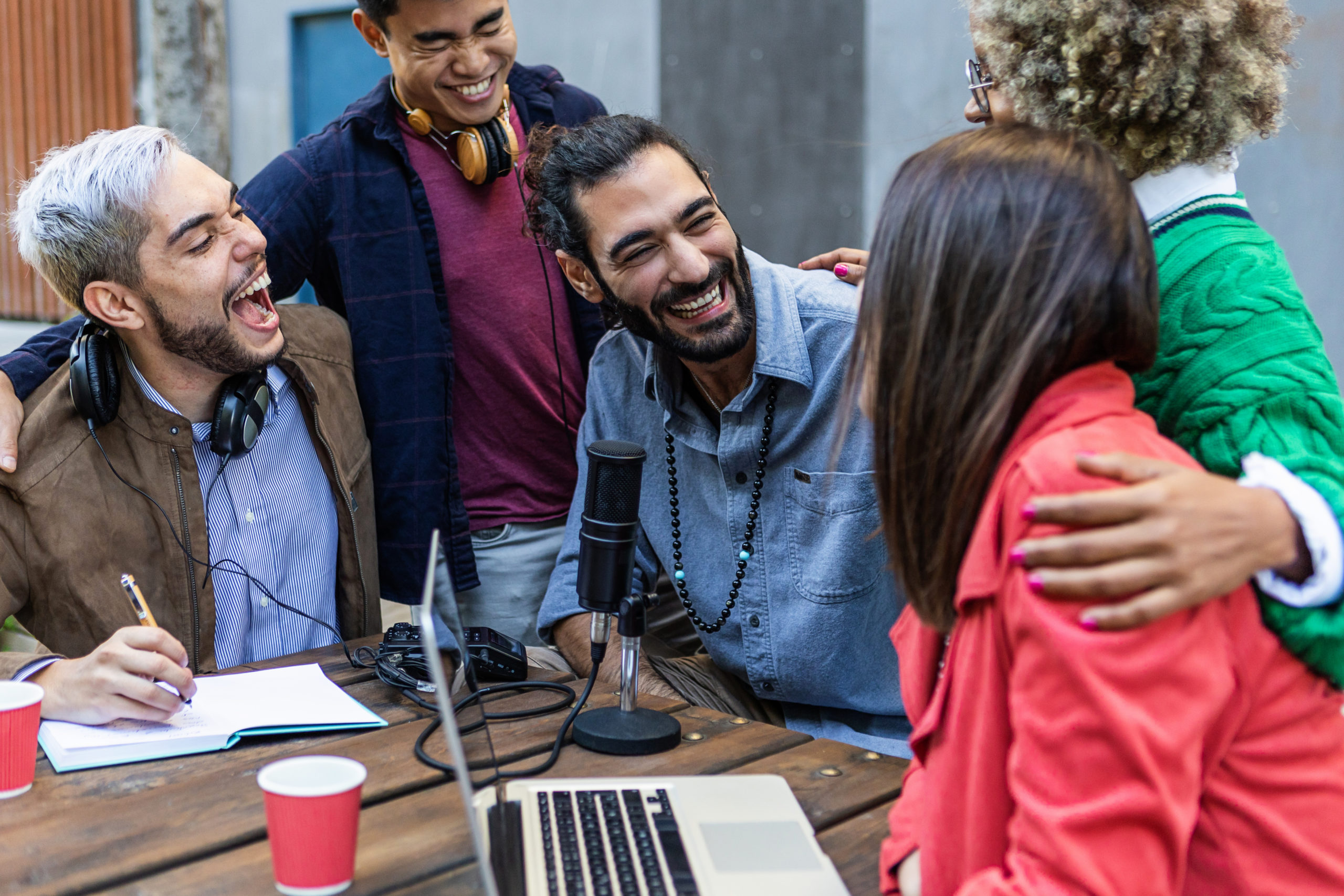
Millions of graduates buried under a mountain of student loan debt are cheering the recent decision by President Joe Biden to cancel student loans up to $20,000.
However, it is important to understand how this debt forgiveness works – who is eligible, what types of loans qualify and what happens if you already paid off your loans.
Following is everything you need to know about student loan forgiveness.
Who is eligible for student loan forgiveness?
Those who have federal student loans are eligible for forgiveness.
- Up to $10,000 in debt cancellation is available to non-Pell Grant recipients.
- Pell Grant recipients can get up to $20,000 in student loan debt forgiven. (Undergraduate students who exhibit exceptional financial need typically are eligible for Pell Grants).
- Relief is capped at the amount of outstanding debt you have. If you are eligible for $10,000 in debt relief but only have $5,000 in outstanding debt remaining, your forgiveness will be restricted to the latter amount.
To qualify for federal student loan forgiveness, you must meet specific income requirements. Your income must be less than $125,000 if you’re single, or $250,000 if you are part of a married couple.
Your student loans will not be forgiven through this program unless you meet the requirements outlined above. Private school loans are not eligible for forgiveness.
How do I apply for student loan forgiveness?
In some cases, no application is necessary.
Among those who qualify for student loan forgiveness, nearly 8 million might see their debt automatically forgiven. This will occur if the U.S. Department of Education already has your relevant income data.
Others will need to fill out an application. Application forms are expected to be available any day now. You can get a notification about when the application form is released by signing up at the Department of Education subscription page.
Borrowers are encouraged to apply for relief no later than Nov. 15, 2022, which helps ensure your loan will be forgiven before Dec. 31, 2022. This is the last day prior to the end of the payment pause on student loans that has been in effect throughout the pandemic.
Do I qualify for student loan forgiveness if I paid off student loans?
You might get a refund if you made payments on your student debt during the pause instituted as a result of the COVID-19 pandemic.
If you are eligible for the recently announced student loan forgiveness but made payments during the pause, your payments will be automatically refunded.
If you paid off your loan in full or refinanced your loan, you will need to request a refund. Talk to your student loan servicer about receiving back your money.
Many other people who have paid off their loans in recent years do not qualify for loan forgiveness or a refund. That includes anyone who does not qualify for loan forgiveness under the terms announced by the government and any payments made since March 13, 2020.
What happens after 20 years of paying student loans?
Certain types of federal student loans are forgiven after 20 years if they have not been paid off. This includes the following:
- Revised Pay As You Earn Repayment Plan (REPAYE). Undergraduate loans are forgiven after 20 years, while graduate loans are forgiven after 25 years.
- Pay As You Earn Repayment Plan (PAYE). Student loans are forgiven after 20 years.
- Income-Based Repayment Plan (IBR). Student loans will be forgiven after 20 or 25 years, depending on when you first received your loan.
- Income-Contingent Repayment Plan (ICR). Student loans are forgiven if you haven’t repaid in full after 25 years.
How long until federal student loans are forgiven?
Once you apply for forgiveness, you can expect the process to take between four and six weeks before the proceeds are applied to your account.
What other changes are coming to student loans?
The Biden administration is considering several other changes to how student loans are administered in the future. These include:
- Requiring borrowers to pay no more than 5% of their discretionary income monthly on undergraduate loans.
- Exempting borrowers earning under 225% of the federal poverty level from having to make monthly payments. The administration says this is the annual equivalent of a $15 minimum wage.
- Forgiving loan balances after 10 years of payments — instead of the current 20 years — for those who have loan balances of $12,000 or less.
- Covering a borrower’s unpaid monthly interest.
It is worth emphasizing that these are proposed changes and have not been put into place as of yet. But if they are, make sure you’re ready.


